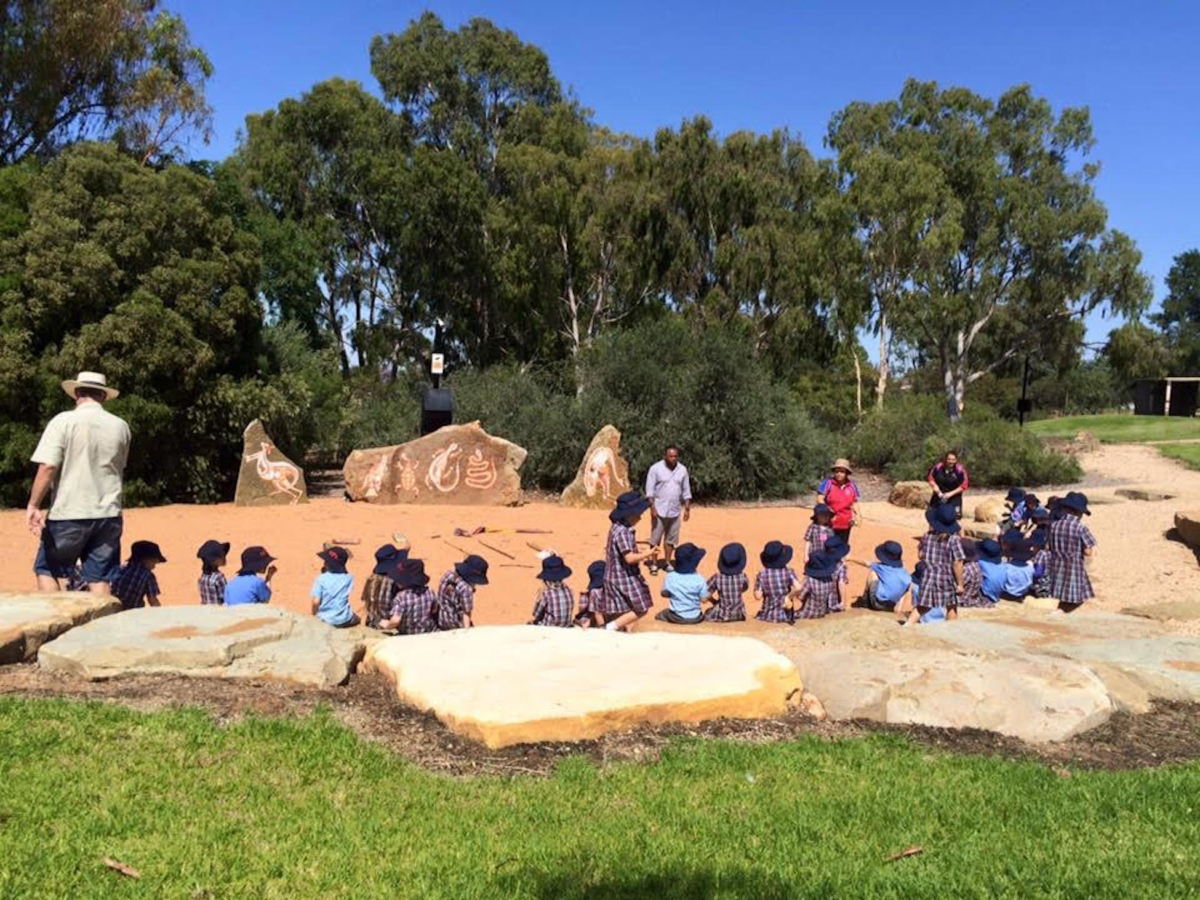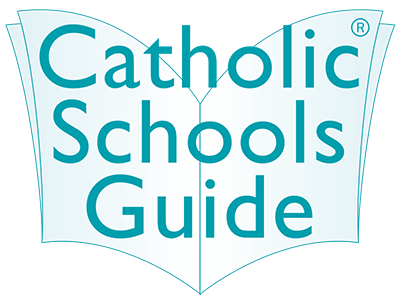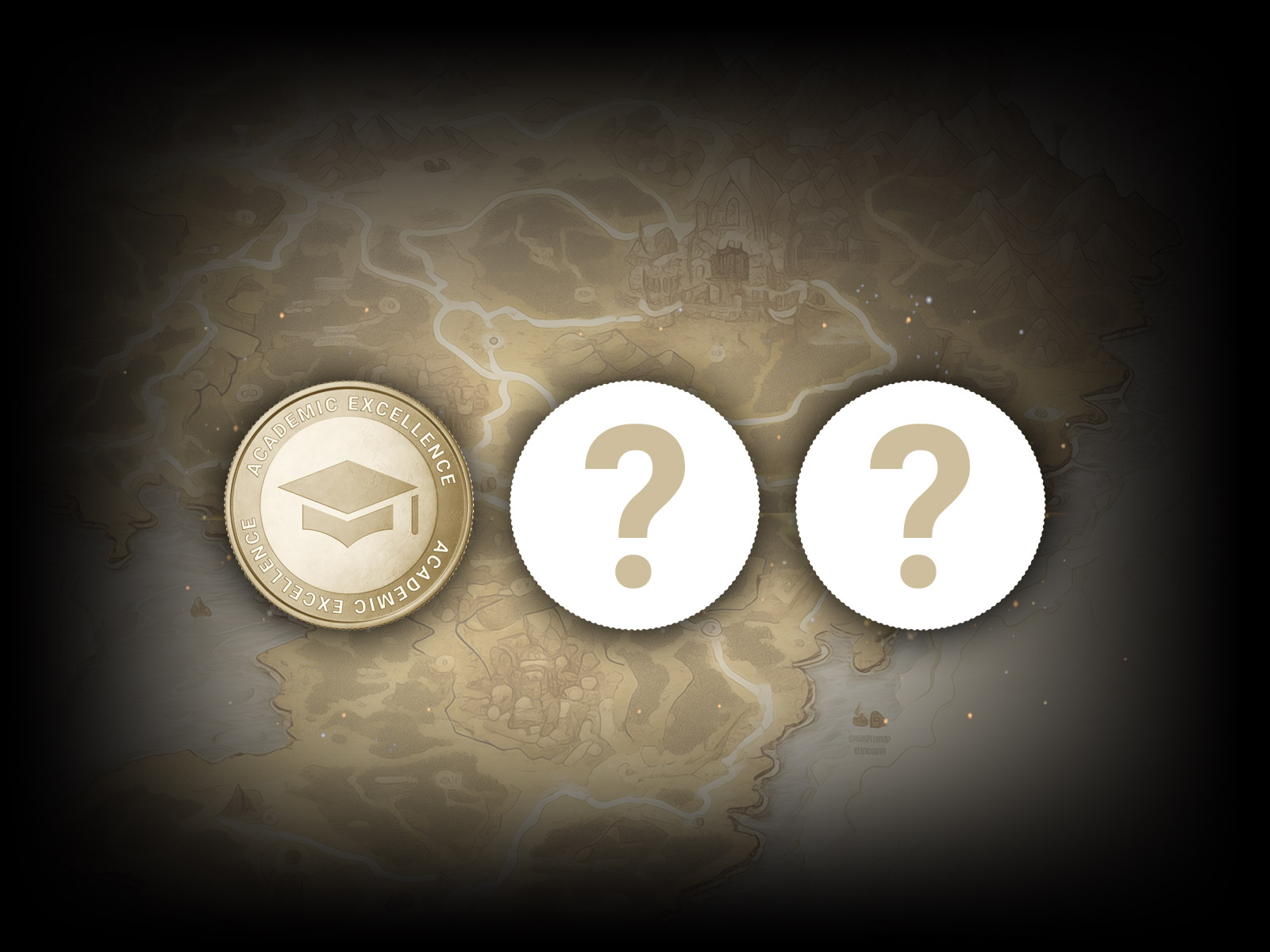News and Media

Schooled in the Mother Tongue By First Languages Australia
Catholic schools around the country are increasingly partnering with local Indigenous communities to teach first languages – and the impacts are profound.
First Languages Australia (FLA) is the country’ s peak body advocating for Aboriginal and Torres Strait Islander languages. Since 2013, FLA has been working toward a future where Aboriginal and Torres Strait Islander language communities have full command of their languages and can use them as much as they wish to. This work involves a combination of relationship-building, advocacy and campaigning, and education. For more information, visit: firstlanguages.org.au
“Our first languages are a wonderful, precious resource that are a kind of bridge to a deep body of knowledge.” – Faith Baisden, Manager, First Languages Australia
“The mums and dads themselves also really love the program. For some of them, it’s the reason they choose the school.” – John Brown, Yuwaalaraay language teacher, St Joseph’s School
Imagine a school assembly where the Welcome to Country is delivered by a Grade 3 student in the local Indigenous language of that area. Or where children perform songs in that language, and take excursions onto country to absorb the stories of the land and learn to conjure the names of landscape features in a language that has been spoken there for millennia.
For Yuwaalaraay language teacher John Brown of St Joseph’s Primary School in Walgett, New South Wales, this is the norm. John has been involved in the school’s language program since 1996, and is one of a growing number of Indigenous language teachers working in Catholic and state schools across Australia. “The first thing you’ll notice if you ever come to our school here is that the children don’t say hello, they say yama!” he smiles. “Often parents will want to get involved too. They’ll say to me, ‘Our kids are coming home speaking this language, can we come and sit in on y our class?’ I say yes, you’re always welcome.”
When John started to teach Yuwaalaraay language at St Joseph’s, he was still learning it himself. A t that time, Yuwaalaraay was taught to the Indigenous students at the school, but that changed when Brother John Wright became principal. As John Brown remembers, the new principal declared, “If we’re going to revitalise this language, then we need all the children in the school to learn it.”
St Joseph’s Primary is one of the 60 schools in New South Wales currently offering an Indigenous language program. For First Languages Australia manager Faith Baisden, teaching language in schools is enriching and vital on multiple levels.
“Our first languages are a wonderful, precious resource that are a kind of bridge to a deep body of knowledge. For the Aboriginal students, learning language is a source of huge pride because it helps them to connect with and share their identity,” she says. “And for non-Indigenous students, it’s a fantastic introduction to their total learning about Aboriginal culture locally, which has a followon effect of increasing understanding and respect. Then there’s the obvious benefit that comes to anyone who’s learning a second language.”
John Brown describes the “tremendous changes” he has seen in the school throughout the past 20 years of teaching Yuwaalaraay. “When we started teaching it to the Aboriginal students, the first thing we noticed was a drop in the rate of absenteeism,” he says. “And when we opened it up to non-Aboriginal students, we saw change happen in the playground too. The children started to play together, they conversed together, they sat down and ate together. That didn’t happen much before, and it sure didn’t happen when I was young.”
One of the most powerful examples of Indigenous language-learning in schools can be seen in the town of Parkes, where the Wiradjuri language is taught in every primary school. That equates to around 1000 children a week being taught Aboriginal language and culture of the district. “That’s one tenth of a population, a full generation in Parkes, that will grow up knowing Aboriginal culture, knowing Aboriginal words, respecting Aboriginal ground,” reflects Geoff Anderson, who helped lead the roll-out of the program. “And that’s why it will change people’s lives.”
Wiradjuri teacher Kerry Gilbert has both observed and experienced first-hand the transformative effects of teaching Indigenous language in schools. “When I was growing up, there was no Aboriginal culture or language taught in the schools. My brothers and I were treated badly sometimes by other children, racial taunts, but I hardly see it now. It blows me away. I think it’s to do with the Wiradjuri lessons, I think it’s completely changed people’s views on Aboriginal people.”
Kerry describes the sense of pride she f eels in being able to speak her language and share it. “It really touches a chord being able to speak what my mum couldn’t speak, it’ s really special, that it was taken away from us and now we’re getting it back and our children will now learn how to speak it.”
For Faith Baisden, learning an Indigenous language at school is also about connecting to country in a whole new w ay. “A special thing about learning these languages on the country from which they came is that it lets the students really see the country with fresh eyes, especially if they discover words that don’t have an equivalent in English, like the name given to a particular bend in the river, or a part of a tree that they wouldn’t ordinarily look at, let alone be able to name.”
Indigenous language programs in Catholic schools are expanding across the country, and governments are increasingly adopting policies to help ensure that delivery is culturally appropriate and sustainable. For national peak body First Languages Australia, that starts with ensuring the programs are initiated and run by the Indigenous communities themselves, in partnership with the schools. “We advocate and help build relationships at all levels of the community in or der to revive, revitalise and strengthen Indigenous languages,” explains Faith Baisden. “Collaborating schools need to commit to ongoing teacher training, professional development, fair pay and conditions, succession planning and high-quality resources.”
First Languages Australia has developed some resources to help begin the discussions between schools and their local communities who are interested in working together toward offering the local language to school students.
• Gambay – Interactive language map at https://gambay.com.au/map helps people identify the language of the land they are on and contains notes to help schools develop the necessary relationships with their local first nations communities.
• The ‘Mother Tongue’ short film series is available for viewing on ABC i-view at https://iview.abc.net.au/show/abc-open-mother-tongue. Teachers’ notes for many of the docos can be found on the ABC Education website at http://education.abc.net.au/home#!/search/indigenous%20language//
• Marrin Gamu (http://marringamu.com.au/), the national schools song project which sparked participation from Catholic schools around the country, provides an opportunity for language centres and schools to record a version of an original song in the local language of their area. Go to the Videos tab to see some wonderful examples of songs sung in the local language of the area the schools are based in.
“If you watch any of the Marrin Gamu videos, you can see the joy and enthusiasm of all who are taking part, whether they’re in kindergarten, middle school or even the high school kids,” says Faith. “There’s something lovely about children learning language through song, and they’ll often tell us that y ears later, those beautiful songs are still stuck in their heads!”
Yuwaalaraay teacher John Brown is proud of how many students he has seen graduate from Grade 6 at St Joseph’s with a knowledge of language – although he’s quick to explain he’s not the first teacher to pass this knowledge on to the next generation. “The schools around here have always had Aboriginal elders going in and teaching the Aboriginal children language, but now we’re able to do it within a syllabus, with the framework from the Board of Studies, so that we can keep building every year on what they’re learning in a really systematic way.”
He also attributes the program’s success to the support from the Catholic Schools Office in Armadale and the community themselves. “The Catholic Schools Office are really passionate about teaching the language here, so I know that when I go, the language w on’t disappear, it’ll keep getting taught in the school. And the mums and dads themselves also really love the program. For some of them, it’s the reason they choose the school, because they can see what a unique and precious opportunity this is for their children.”
When asked for his favourite word or phrase in Yuwaalaraay language, John replies immediately: “Yan aay biami baay. It means walk with God or go with God. Yan aay means ‘to walk’, biami means ‘God’, and baay is the suffix meaning ‘with’. That’ s a special one for me.”
SNAPSHOT OF INDIGENOUS LANGUAGES IN QUEENSLAND, NSW AND VICTORIAN SCHOOLS
• In Queensland, there are 24 languages being taught in schools, with 55 schools either investigating or actively teaching an Indigenous language. Around 4200 students are currently learning a language. Some Queensland schools are developing and running Aboriginal or Torres Strait Islander language programs at the primary level using the Australian Curriculum Framework.
• In New South Wales, 13 languages are being taught across 60 schools, with around 8,000 students learning a language. A 2013 plan called OCHRE outlined initiatives to increase opportunities to learn Aboriginal languages in communities and schools. One of these included the establishment of Language and Culture ‘Nests’ to help revitalise and maintain languages such as Wiradjuri (Dubbo), Gumbaynggirr (Coff Harbour), Bundjalung (Lismore), Paakantji (Wilcannia) and Gamilaraay/Yuwaalaraay/Yuwaalayaay (Lightning Ridge).
• In Victoria, eight languages are being taught across around nine schools, with more than 1200 students engaged. Most of these languages are “revival languages” which means they are being ‘woken up’ but are not currently in everyday life. They include Dhauwurd-Wurrung, Yorta Yorta, Barkindji-Marawara, Woiwurrung, GunaiKurnai, Wemba Wemba and Taungurung.
Source – Nintinringanyi: National Aboriginal and Torres Strait Islander Teaching and Employment Strategy, https://www.firstlanguages.o g.au/resources/nintiringanyi
Learn more about the work of First Languages Australia here: www.firstlanguages.org.au
Find the local language to your area, and link to stories, via the interactive Gambay map: https://gambay.com.au/map

